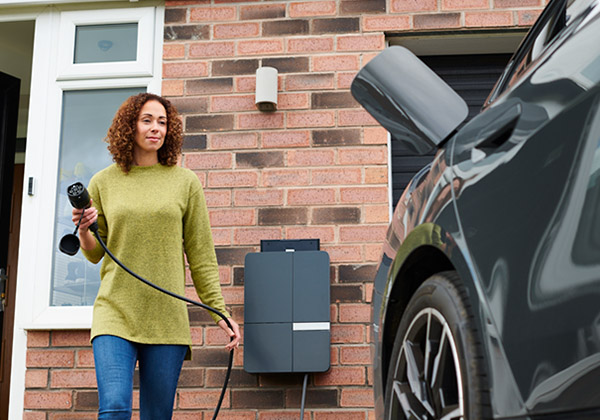World First on Demand Response of Electrical Energy Storage
Statements
A decade ago, rooftop solar was the ‘next big thing’ sweeping the world of electricity supply. Today, energy storage batteries in homes and businesses are thought by many to represent the future of this sector.
Standards Australia recently published a standard relating to the demand response of energy storage systems: AS/NZS 4755.3.5, Demand response capabilities and supporting technologies for electrical products, Part 3.5: Interaction of demand response enabling devices and electrical products—Operational instructions and connections for grid connected electrical energy storage (EES) systems.
The Standard was developed at the request of the Energy Networks Association (ENA), and ENA CEO John Bradley said it would benefit a number of different groups.
“All electricity customers will benefit because the standard increases our ability to use energy storage for demand response and reduce pressures on the grid,” Mr Bradley said.
“The standard supports the development of the storage market, opening up rewards for storage owners and manufacturers who introduce complying products.”
The demand response platform for EES is unique to Australia and New Zealand. With growing support from product suppliers and electricity network operators, there is the possibility of future incentives for consumers who purchase products with this technology.
The full suite of AS/NZS 4755 provides definitions and operational instructions for systems used to remotely control electrical products. Part 3.5 sits within this suite, looking specifically at electrical energy storage. It uses the same technical platform already specified for air conditioners, swimming pool pumps and other products.
“The framework of AS/NZS 4755 is the first standard in the world that covers demand response of multiple appliances, and AS/NZS 4755.3.5 is a key part of this standard suite,” said Steven Humphries, Drafting Leader for EL-054 Working Group 2, Demand Response for Electrical Energy Storage Systems.
There have been questions about the relationship between AS/NZS 4755.3.5 and AS/NZS 4777.2, Grid connection of energy systems via inverters, Part 2: Inverter requirements. While the standards reference one other, compliance with one standard does not require compliance with the other. Definitions are merely referenced to ensure technical consistency.

A decade ago, rooftop solar was the ‘next big thing’ sweeping the world of electricity supply. Today, energy storage batteries in homes and businesses are thought by many to represent the future of this sector.
Standards Australia recently published a standard relating to the demand response of energy storage systems: AS/NZS 4755.3.5, Demand response capabilities and supporting technologies for electrical products, Part 3.5: Interaction of demand response enabling devices and electrical products—Operational instructions and connections for grid connected electrical energy storage (EES) systems.
The Standard was developed at the request of the Energy Networks Association (ENA), and ENA CEO John Bradley said it would benefit a number of different groups.
“All electricity customers will benefit because the standard increases our ability to use energy storage for demand response and reduce pressures on the grid,” Mr Bradley said.
“The standard supports the development of the storage market, opening up rewards for storage owners and manufacturers who introduce complying products.”
The demand response platform for EES is unique to Australia and New Zealand. With growing support from product suppliers and electricity network operators, there is the possibility of future incentives for consumers who purchase products with this technology.
The full suite of AS/NZS 4755 provides definitions and operational instructions for systems used to remotely control electrical products. Part 3.5 sits within this suite, looking specifically at electrical energy storage. It uses the same technical platform already specified for air conditioners, swimming pool pumps and other products.
“The framework of AS/NZS 4755 is the first standard in the world that covers demand response of multiple appliances, and AS/NZS 4755.3.5 is a key part of this standard suite,” said Steven Humphries, Drafting Leader for EL-054 Working Group 2, Demand Response for Electrical Energy Storage Systems.
There have been questions about the relationship between AS/NZS 4755.3.5 and AS/NZS 4777.2, Grid connection of energy systems via inverters, Part 2: Inverter requirements. While the standards reference one other, compliance with one standard does not require compliance with the other. Definitions are merely referenced to ensure technical consistency.

Email:

Email:


